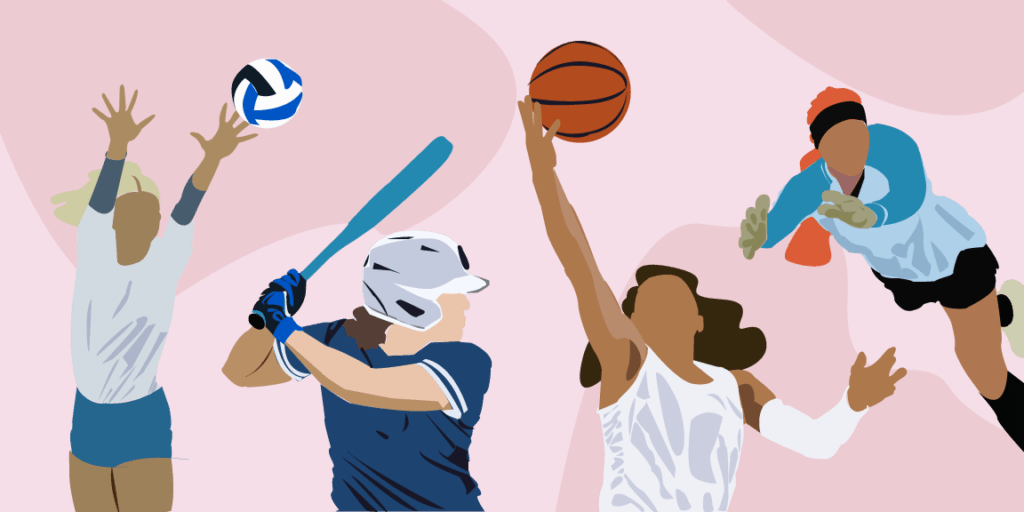Women in Sports: Breaking Down Gender Barriers
Women have been breaking down gender barriers in sports for decades. They have fought for equality, respect, and recognition in a male-dominated industry, and have made significant strides in creating more opportunities for women in sports.

From Title IX to the Women’s World Cup, women have been at the forefront of changing the landscape of sports and breaking down gender barriers. In this article, we will explore the history of women in sports, the challenges they have faced, and the progress they have made.
The History of Women in Sports
Women have been participating in sports for centuries, but they have faced significant barriers throughout history. In the late 1800s and early 1900s, people discouraged women from participating in sports, believing it was too physically demanding and could damage their reproductive organs.
Women participated in sports like croquet, tennis, and golf, which were deemed more socially acceptable.
It wasn’t until the 1920s that women’s participation in sports began to gain momentum. In 1922, the Women’s Amateur Athletic Association formed, and Paris hosted the first women’s Olympics in 1924.
However, women’s participation in sports remained limited, and they faced discrimination and sexism in the industry.
The 1960s and 1970s were a turning point for women in sports. The passage of Title IX in 1972 prohibited discrimination based on sex in education programs and activities that received federal funding.
This law opened up more opportunities for women in sports, and women’s participation in sports increased significantly.
Challenges Faced by Women in Sports
Women in sports have faced numerous challenges throughout history. They have faced discrimination, sexism, and stereotypes. People have often viewed women’s sports as inferior to men’s, undervaluing and underpaying women athletes.
One of the biggest challenges faced by women in sports is the lack of media coverage and exposure. Women’s sports receive far less media coverage than men’s sports. Which makes it harder for women athletes to gain recognition and sponsorship deals.
This lack of exposure also limits the visibility of women’s sports. Making it harder for them to attract fans and build a fanbase.
Another challenge faced by women in sports is the pay gap. Women athletes earn significantly less than their male counterparts. Even in sports where women’s participation is equal to or greater than men’s.
The pay gap is a result of a variety of factors, including differences in revenue, sponsorship deals, and media coverage.
Progress Made by Women in Sports
Despite the challenges faced by women in sports, women have made significant progress in breaking down gender barriers. Women’s sports have gained more visibility and recognition, and women athletes have become more successful and influential.
The success of women’s sports is evident in events like the Women’s World Cup. Which has become one of the most-watched sporting events in the world. The popularity of women’s sports has also led to more sponsorship deals and opportunities for women athletes.
Women athletes have also become more influential and vocal in advocating for gender equality in sports. They have used their platforms to highlight the pay gap, lack of media coverage, and discrimination.
This activism has increased opportunities for women in sports and raised awareness about gender equality.
Conclusion
Women in sports have faced significant challenges throughout history, but they have made significant progress in breaking down gender barriers. From Title IX to the Women’s World Cup, women have reshaped sports and created more opportunities.
While there is still work to be done in creating gender equality in sports. Women have shown that they are capable of overcoming barriers and achieving success in the industry. 카지노사이트


